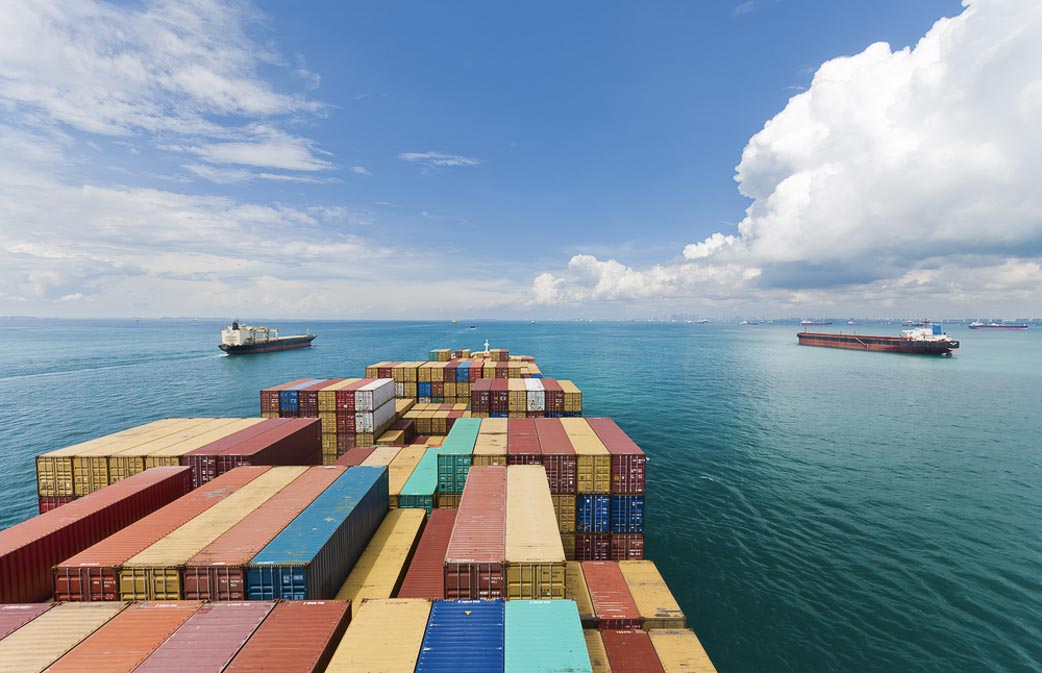Since the implementation of the International Maritime Organization’s Veified Gross Mass (VGM) mandate over a year ago, fears of disruption, congestion, and operational cost increases have fallen by the wayside, but participants are still questioning the accuracy and benefits of the program. Shippers are still showing variations in the actual weight versus the cargo manifest, forcing countries like Russia to invest in additional measures within their Customs services and causing delays.
To avoid pesky fines and delays, let’s break down the details.
First, what is it?
Made effective on July 1, 2016 by the International Maritime Organization (IMO) for the Safety of Life at Sea (SOLAS) convention, the Verified Gross Mass mandate requires shippers to verify the weight of a packed container before loading it onto a ship for export.

Who is involved?
Under the mandate, whoever is listed under the ocean bill of lading (OBL) as the shipper is responsible for providing the verified weight. Failure to notify the terminal operator and ocean carrier of the gross mass will result in a delayed shipment.
No verification = no bon voyage.
Other penalties include additional repackaging costs, administration fees and demurrage charges.
Why the need for a mandate?
Maritime law tends to happen like any other reactive industry, it takes an accident for preventive action to occur. In this instance, there were multiple, but the underlying reason is unbalanced containers due to weight variation.
For example, in 2012 Ukrainian Customs found that 56 percent of containers discharged from its ports were greater in weight than stated in the carrier’s cargo manifest. The year before, a vessel in Algeciras overturned while at berth while only holding 168 containers. And who could forget the MSC Napoli’s forced beaching in 2007 after structural failure almost lost the vessel.
The risk associated with overweight shipping containers, especially with the introduction of mega vessel capacity, can result in incorrect container storage, ship damage, collapsed containers, and in some rare cases, injury or death to the crew.
How do I pass the requirement?
There are two methods for a hassle-free onboarding process:
- Weigh the entire container including the truck and chassis, then subtract the weight of the truck and chassis using certified equipment.
- Weight the cargo (including packing materials) and add to the tare weight of the container.
When will you have to adhere to this requirement?
Now! Like mentioned at the beginning, SOLAS’ VGM requirement was implemented on July 1, 2016.
For more information, visit the SOLAS Container Mass Verification resources or contact Green Worldwide Shipping.






